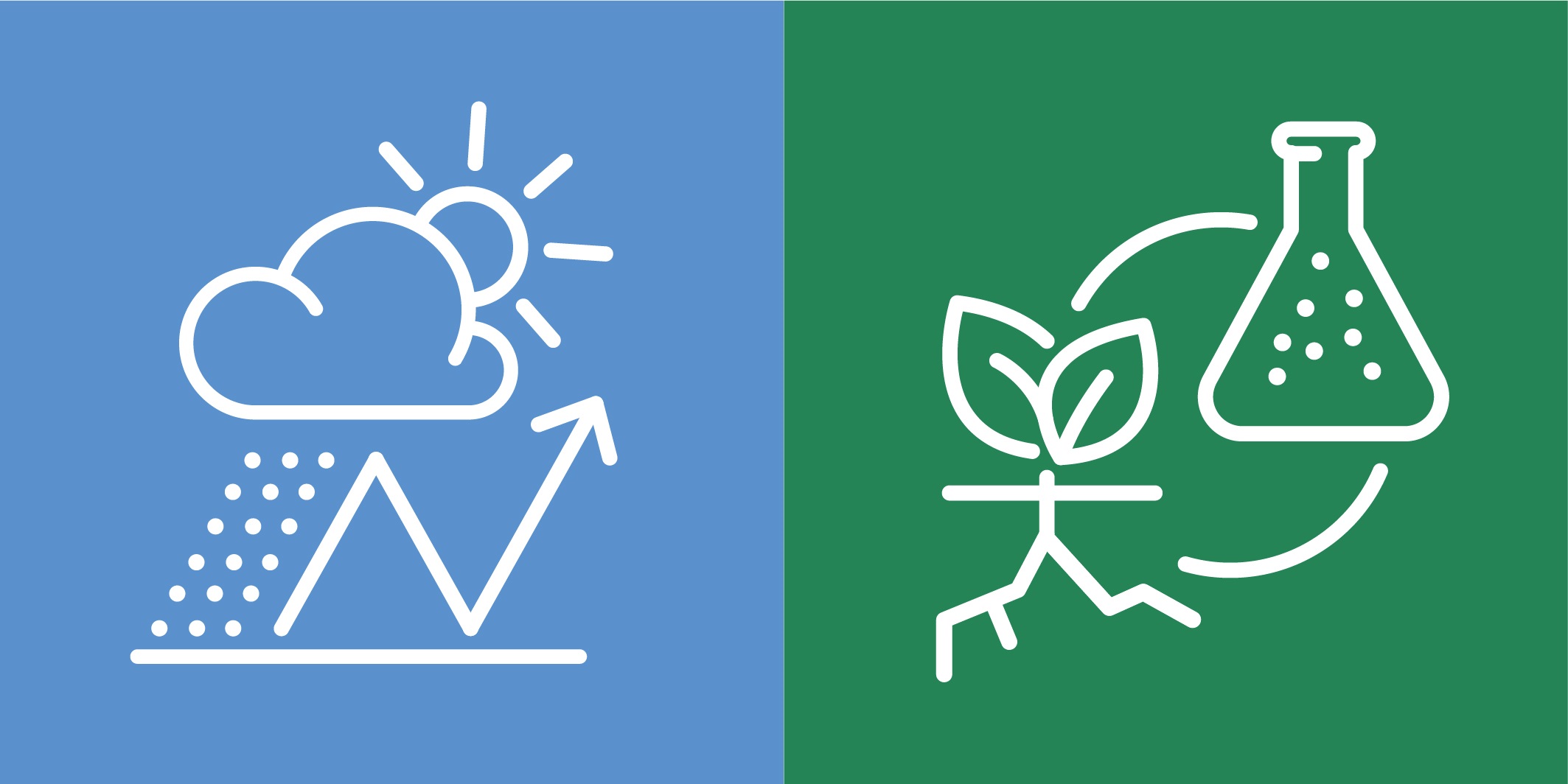CS, Geb. 30.22, Otto-Lehmann-Hörsaal
Dr. Michael Maier-Gerber, Forecasts and Services Department, European Centre for Medium-Range Weather Forecasts (ECMWF)
Tropical cyclones (TCs) are among the most devastating weather phenomena on Earth, frequently causing numerous fatalities and leading to extensive and costly damage. Effective evacuation planning and the implementation of precautionary measures depend on forecasts that are both highly accurate and available with sufficient lead time. Furthermore, TCs are of particular interest to operational forecasting centres, as they are characterized by extreme deviations from the mean atmospheric state. As such, they pose a significant challenge to numerical weather prediction systems and serve as a rigorous stress test for any forecasting model, making their evaluation a key focus area.
While speculation persisted until not long ago that the predictability limit for TC track forecasts had been reached, dedicated research efforts were launched to pool resources and advance intensity forecasts in physics-based models. With the advent of data-driven weather forecasting, however, previously assumed forecast limits have been exceeded in certain aspects of TC prediction, while others have deteriorated. Current model developments aim to fuse both worlds into a hybrid modelling approach, which has shown promising results.
In this presentation, I will give an overview of the latest research and developments in TC forecasting with ECWMF’s physics-based and data-driven models.
KIT Campus Nord, IMKAAF
Gebäude 326, Raum 150
…
Yue Meng, KIT, IMKAAF
Results from PhD Thesis
CN, Geb. 435, Seminarraum 2.05
Dr. Sanam Vardag, IUP, Universität Heidelberg
This presentation explores how CO₂ fluxes can be inferred from the atmospheric perspective. Both biogenic and anthropogenic fluxes cause measurable signals in CO2 concentration, which can be interpreted using atmospheric transport models. Across continental regions, satellite observations capture broad atmospheric signatures of ecosystem activity. When interpreted with vegetation models, these signals reveal how carbon-water dynamics shape biogenic fluxes. The same principle applies in cities, but at much finer scales: dense sensor networks can record urban enhancements that high-resolution models translate into spatially resolved emissions. The presentation covers optimal sensor network design and first results from the mid-cost CO₂ network in Heidelberg–Mannheim. The results demonstrate how atmospheric signals can be translated into estimates of both biogenic and urban emissions.
CS, Geb. 30.23, 13. OG, Seminarraum 13-02
(1) Andreas Baer (2) Srah Paratoni (3) Kevin Gramlich (4) tbd, Chair: Ferdinand Briegel
(1) The contribution of haboobs to the dust direct radiative effect (2) Doppler Lidar Volume Flux Observations in a Broad Alpine Valley (3) Singular Vectors in data-driven NWP models (4) Lightning Characteristics Along Radar-detected Hail Tracks
CS, Geb. 30.23, 13. OG, Seminarraum 13-02
(1) Cédric Froidevaux (2) Melina Sebisch (3) tbd (4) Marie Lange
(1) Sensitivity of weather forecasts in tropical Africa to available observations – an idealized study using the TEEMLEAP testbed (2) tbd (3) tbd (4) tbd
KIT Campus Nord, IMKAAF
Gebäude 435, Raum 205
…
Prof. Tuukka Petaejae, University of Helsinki, Finland, Institute for Atmospheric and Earth System Research INAR / Physics
CN, Geb. 435, Seminarraum 2.05
Dr. Paola Formenti, Laboratoire Interuniversitaire des Systèmes Atmosphériques (LISA). CNRS, France
TBD
CS, Geb. 30.23, 13. OG, Seminarraum 13-02
(1) Katharina Loewe / Corinna Rebmann (2) Miriam Simm (3) Maraike Burba (4) Julian Meusel
(1) Data management topics (2) tbd (3) EnVar Data Assimilation for ICON-LAM (4) tbd
KIT Campus Nord, IMKAAF
Gebäude 435, Raum 205
…
Dr. Stefan Kneifel, Ludwig-Maximilians-Universitaet Muenchen, Meteorologisches Institut, Experimentelle Meteorologie
In mid-latitudes, almost every raindrop that reaches the surface, starts as an ice particle in the cloud aloft. Ice microphysical processes are thus key for realistically forecasting the evolution of clouds and precipitation. Besides in-situ observations and laboratory experiments, remote sensing methods, such as modern cloud radars, provide a wealth of information about processes, such as aggregation, riming, and secondary ice production. This talk will provide a compact overview of the measurement principles and application examples of how we can use cloud radars in combination with modern modelling tools to improve our understanding of ice microphysical processes in clouds.
CN, Geb. 435, Semianrraum 2.05
Dr. Stefan Kneifel
TBD
CS, Geb. 30.22, Otto-Lehmann-Hörsaal
Dr. Olivia Martius, Institute of Geography, University of Bern
tbd
CS, Geb. 30.23, 13. OG, Seminarraum 13-02
(1) Mathis Tonn (2) May Bohmann (3) Bhawuk Verma (4) Svenja Christ, Chair: Sonal Rami
(1) tbd (2) Idealized Urban Simulations in ICON-CLM (3) Interplay of orography, aerosol concentration and secondary ice formation in contrasting island environments (4) tbd
KIT Campus Nord, Gebäude 435, Raum 2.05
Frank Hase, Miriam Sinnhuber , Karlsruher Institut für Technologie, IMKASF
KIT Campus Nord, Gebäude 435, Raum 2.05
Amrutha Vasudevan , Karlsruher Institut für Technologie, IMKASF
CS, Geb. 30.23, 13. OG, Semianrraum 13-02
(1) Deepak Waman (2) Jasmin Haupt (3) Lisa Muth (4) Maryam Moradpour
(1) tbd (2) Assessing the representation of tropical-extratropical teleconnections in machine learning (ML) and numerical weather prediction (NWP) models for improving the S2S forecast skill (3) Coupling MieAI with RTTOV: Enhancing Radiative Transfer Simulations with AI-Derived Aerosol Properties (4) tbd

